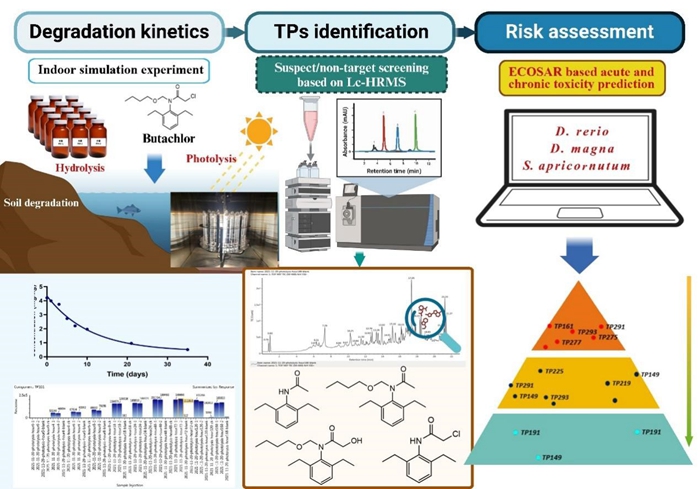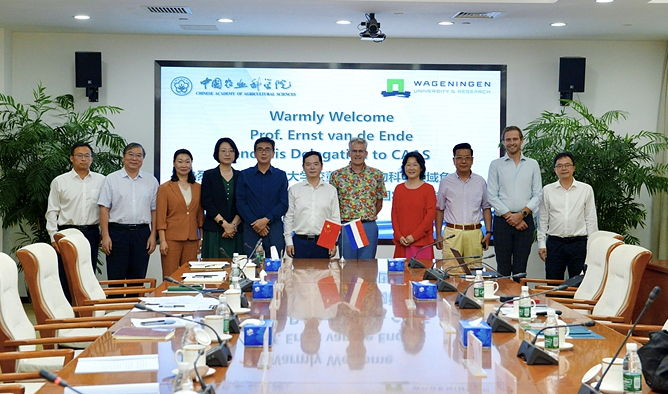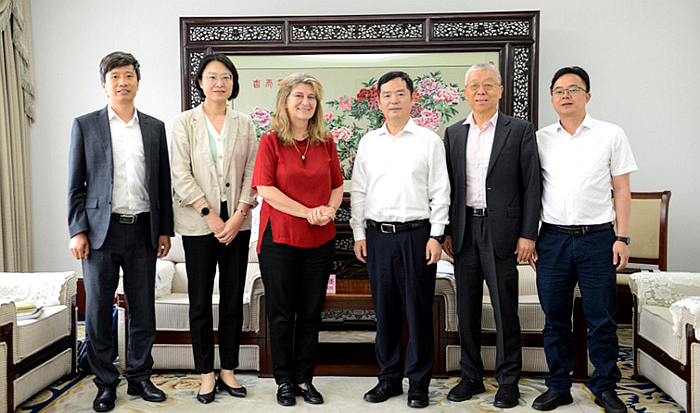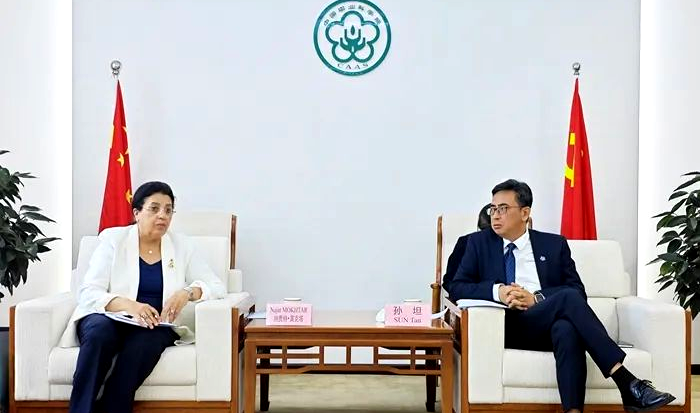IPPCAAS Reveals Environmental Fate and Ecotoxicity of Butachlor Transformation Products Using NTS and QSAR Approaches
The Innovation Team for Risk Control of Pesticide Application at the Institute of Plant Protection, Chinese Academy of Agricultural Sciences (IPPCAAS), recently published a research article in Environment International (Impact Factor: 10.3), a leading journal in environmental sciences. The study systematically investigated the degradation kinetics, transformation pathways, and ecotoxicological effects of butachlor—a widely used chloroacetanilide herbicide—in representative aquatic and soil environments in China by integrating non-target screening (NTS) and quantitative structure-activity relationship (QSAR) modeling.
Butachlor has long been applied extensively in paddy ecosystems worldwide. However, its environmental transformation products (TPs) and associated ecological risks remain poorly understood, often leading to underestimation of actual environmental hazards. Prior research has primarily focused on the parent compound, with limited investigation into the toxicity of its TPs toward non-target organisms.
This study simulated the degradation of butachlor under hydrolysis, photolysis, and soil conditions. Utilizing ultra-high performance liquid chromatography coupled with quadrupole time-of-flight mass spectrometry (UHPLC-QTOF-MS) and the UNIFI platform, ten TPs were identified. Four key TPs (TP191, TP225, TP277, and TP293) were confirmed using synthesized reference standards. Mechanistically, butachlor degradation in soil primarily involves N-demethylation, N-debutoxylation and hydrolysis, whereas in water it proceeds through a more diverse array of pathways – including dechlorination, hydroxylation, dehydrogenation, N-debutoxylation, cyclization, hydrolysis, dehydration, and oxidation. Density functional theory (DFT) calculations revealed transition state energy barriers for both homolytic and heterolytic cleavage of the C-Cl bond (34.9 kcal/mol), supporting the thermodynamic and environmental plausibility of dechlorination pathways.
Toxicity assessments showed that TP225 exhibited low acute toxicity to Eisenia foetida (LC₅₀ > 50 mg/kg after 14-day exposure), while QSAR modeling indicated that TP293 posed higher chronic toxicity risk to Danio rerio with a predicted chronic toxicity threshold of 0.025 mg/L, compared to 0.034 mg/L for the parent compound, placing it in the high-toxicity category.
These findings underscore the necessity of considering both parent compounds and their TPs in pesticide environmental risk assessments. The methodologies developed in this study offer a framework for refined ecological risk evaluation and informed regulatory decision-making.
IPPCAAS is the primary affiliation of the study. Ph.D. candidate Feng Chen, jointly trained by China and Belgium, is the first author. Prof. Xingang Liu and Associate Prof. Chi Wu served as corresponding authors. The research was supported by the National Key R&D Program of China (2024YFD1701101) and the National Natural Science Foundation of China (32202367, 32072466).

Fig: Identification of Butachlor Transformation Products in Aquatic and Soil Environments and Assessment of Their Aquatic Ecotoxicity
Link:https://doi.org/10.1016/j.envint.2025.109491
-
 Jul 09, 2025CAAS President meets with WUR Executive Board Member
Jul 09, 2025CAAS President meets with WUR Executive Board Member -
 Jul 09, 2025CAAS President Meets with AAS President
Jul 09, 2025CAAS President Meets with AAS President -
 Jul 09, 2025Secretary of the Leadership Party Group of CAAS Meets with Secretary of the Brazilian Ministry of Agriculture and Livestock
Jul 09, 2025Secretary of the Leadership Party Group of CAAS Meets with Secretary of the Brazilian Ministry of Agriculture and Livestock -
 Jul 09, 2025CAAS Deepens Scientific Cooperation with IAEA
Jul 09, 2025CAAS Deepens Scientific Cooperation with IAEA -
Jul 09, 2025CAAS Deepens Agricultural Science and Technology Cooperation with Eastern European Countries
